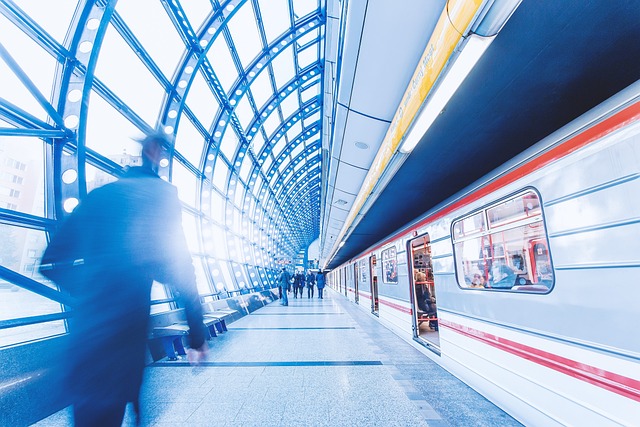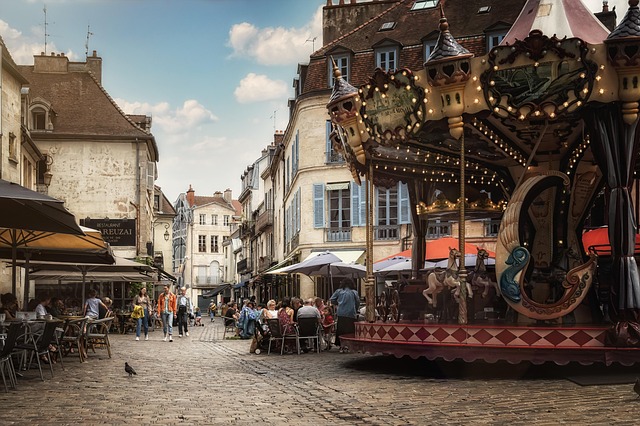In today’s rapidly urbanizing world, the concept of urban transfer is becoming increasingly prominent as cities strive to balance growth with sustainability. With the looming threat of climate change, the quest for carbon neutrality has taken center stage, pushing us to rethink our traditional modes of transportation and embrace sustainable development practices.
Sustainable development is more than a buzzword; it’s a necessary framework for managing our urban environments in a way that meets the needs of the present without compromising future generations. The ecological footprint of urban areas is vast, with transportation often accounting for a significant portion of greenhouse gas emissions. Urban transfer, therefore, must evolve to minimize our impact on the planet.
Implementing green technologies is a crucial step in this transformation. From electric buses to bike-sharing programs, cities are beginning to adopt innovative solutions that not only reduce emissions but also enhance the overall quality of urban life. These technologies provide opportunities for residents to shift away from polluting forms of transport, thereby fostering healthier lifestyles and cleaner air.
To truly achieve carbon neutrality, urban planners and policymakers must prioritize alternatives that facilitate seamless urban transfer. This involves investing in infrastructure that supports public transit, pedestrian pathways, and cycling routes. When people have easy access to sustainable transportation options, they are more likely to use them, significantly reducing their reliance on cars.
By integrating green technologies and sustainable practices into urban planning, we can create cities that are not only environmentally friendly but also economically vibrant. The benefits extend beyond carbon neutrality to include improved health outcomes, increased social equity, and greater community cohesion.
Imagine a city where strolling down tree-lined streets, hopping on an electric bus, or cycling to your local café is a normal part of daily life. This vision is achievable through mindful approaches to urban transfer that prioritize the environment. Each step we take towards greening our urban spaces contributes to a healthier planet and a brighter future for all.




